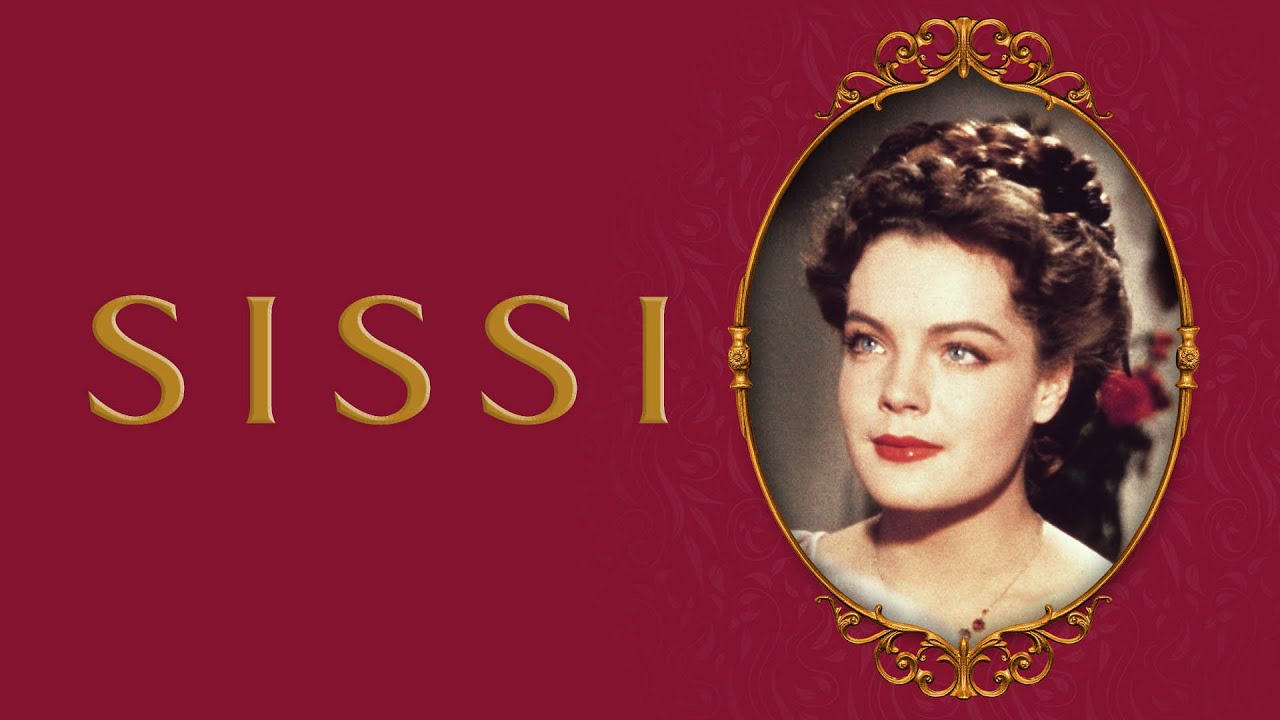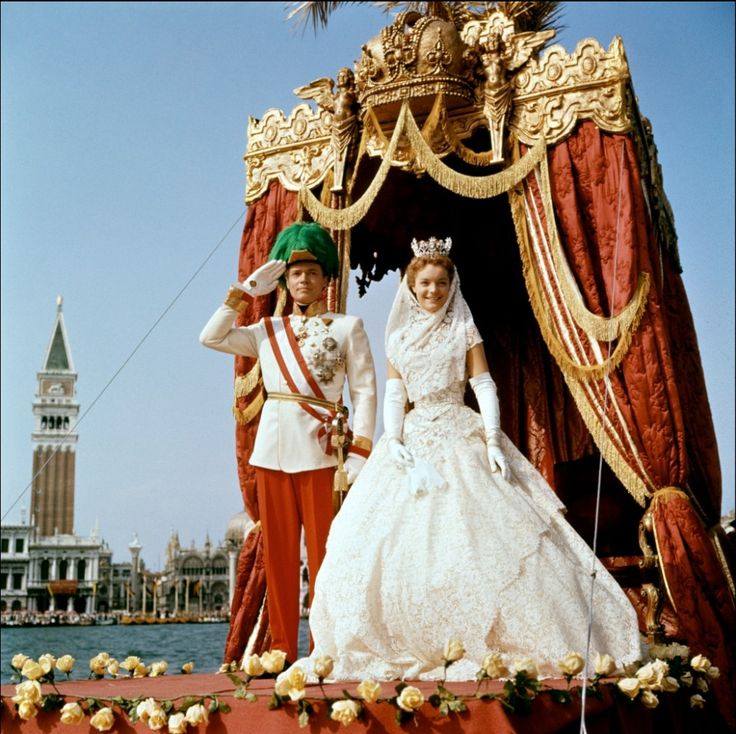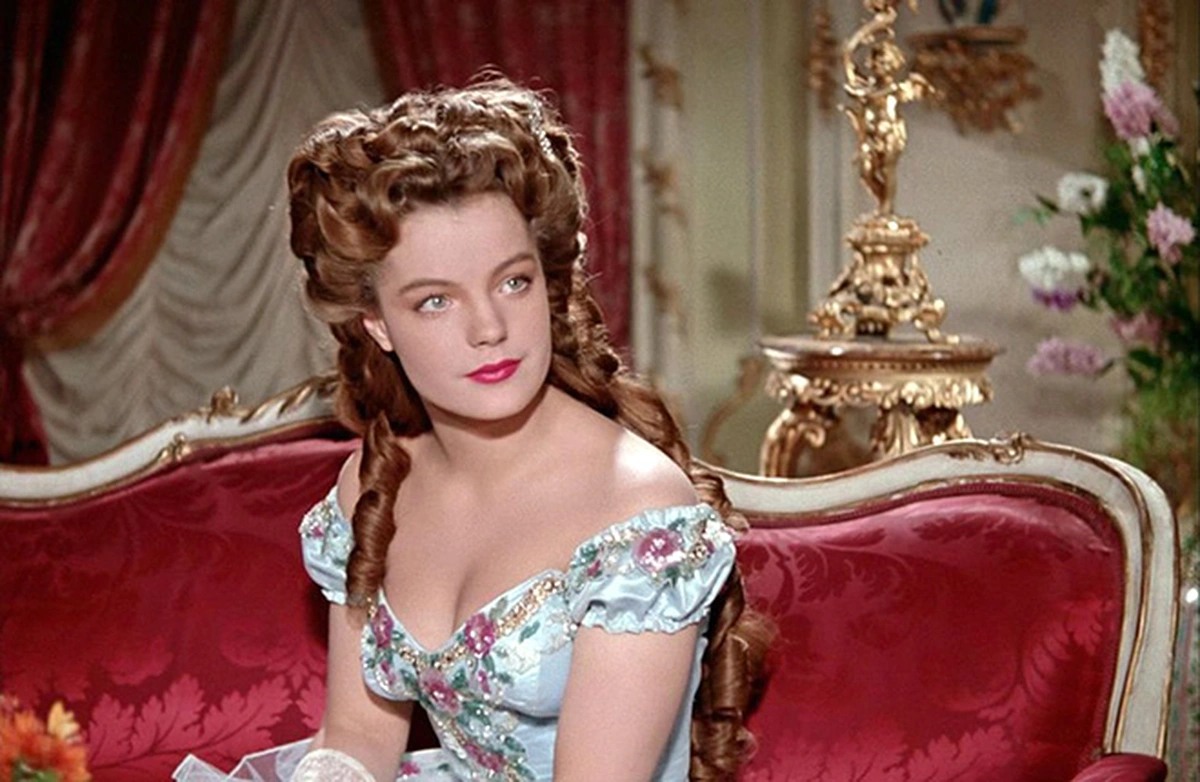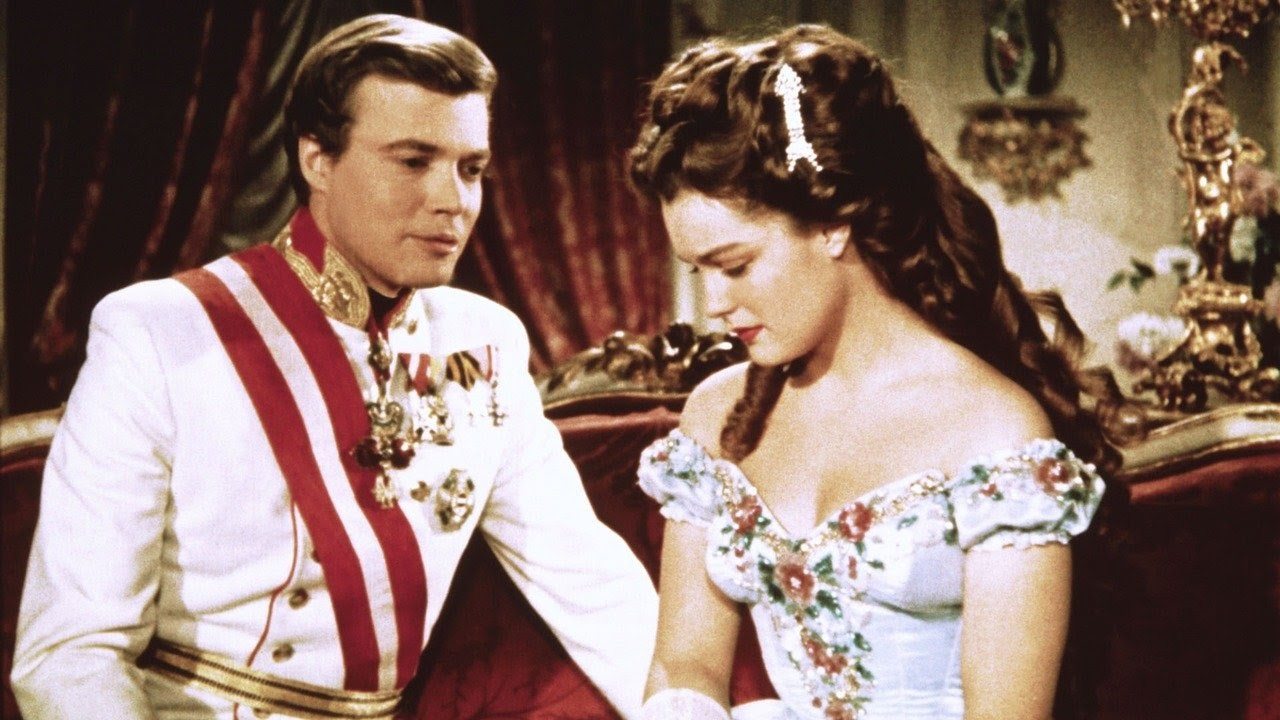Sissi (1955-1957)

“Sissi” is a cherished trilogy of films that depicts the life of Empress Elisabeth of Austria, affectionately known as Sissi. Directed by Ernst Marischka and released between 1955 and 1957, the trilogy became a significant part of cinematic history. These historical dramas offer a rich portrayal of the young empress’s journey, focusing on her character, challenges, and her relationships with the Austrian royal family. The series consists of three films: Sissi (1955), Sissi – The Young Empress (1956), and Sissi – Fateful Years of an Empress (1957), each of which explores different phases of her life.
The first film, Sissi (1955), introduces the audience to the young and free-spirited Elisabeth, who is not yet bound by the formalities of the royal court. The film showcases her initial romance with Emperor Franz Joseph of Austria, which leads to her unexpected marriage. The plot revolves around her adjustment to the rigid and often stifling court life, as she strives to maintain her independence and stay true to herself. This film sets the stage for the larger narrative of Sissi’s life, with a strong emphasis on love, family, and her enduring desire for freedom despite her royal status.
In the second film, Sissi – The Young Empress (1956), the narrative deepens as Elisabeth fully embraces her role as empress. This film delves into her struggles with the responsibilities of her position, as well as the challenges of being a mother and a wife in a court filled with political intrigue. Sissi’s relationship with Franz Joseph is tested, and the film portrays her internal conflict between her royal duties and personal desires. It highlights her evolving role as a powerful woman in a male-dominated world while remaining true to her compassionate and idealistic nature.
The final installment of the trilogy, Sissi – Fateful Years of an Empress (1957), explores the more complex and difficult years of Elisabeth’s life. The film focuses on her increasing isolation, personal sacrifices, and the political tensions surrounding her reign. The emotional weight of the film is seen in Elisabeth’s struggles with her own sense of identity, her distant relationship with her husband, and the constant demands placed upon her as an empress. The film encapsulates the trials she faced in maintaining her humanity and compassion while being a figurehead for an empire.

The trilogy is not just a historical narrative; it also captivates viewers through its breathtaking visuals and scenic landscapes. The costumes, set designs, and overall production value transport audiences to 19th-century Austria, creating an immersive experience that enhances the storytelling. The film’s picturesque portrayal of imperial palaces, lush gardens, and grand balls adds to the allure of the series, making it as visually stunning as it is emotionally moving.

At the heart of the trilogy is the compelling portrayal of Elisabeth herself. Romy Schneider’s performance as Sissi remains iconic, as she brings a perfect blend of grace, strength, and vulnerability to the character. Schneider’s ability to capture both the youthful exuberance and the profound inner turmoil of Elisabeth resonates with audiences, making the character of Sissi not only a historical figure but a relatable and enduring symbol of resilience and self-determination.

In conclusion, Sissi is a beloved trilogy that continues to captivate audiences worldwide. Its engaging storytelling, beautiful cinematography, and strong central performance by Romy Schneider have cemented its place as a classic in historical drama. Through its portrayal of Empress Elisabeth’s life, the films offer a deeper understanding of a woman who defied the constraints of her royal position while maintaining her dignity and integrity. The trilogy remains a timeless tribute to the strength and complexity of one of history’s most fascinating monarchs.











